Content:
Raspberry is a shrub with perennial features. The stems grow for 2 years, like in perennial grasses, but the root system develops over several years, like in shrubs. The root system grows 2 m wide and belongs to the surface type. The depth of germination is no more than 0.4 m. Individual root processes can penetrate 1-1.5 m in depth. This only happens in extremely difficult growing conditions, when raspberries are forced to independently search for an additional source of nutrients.
Features of raspberries when choosing soil
The characteristics of the root system determine the requirements for the soil. First you need to decide what kind of soil raspberries love: acidic or alkaline. The optimum level of soil acidity for raspberries is in the range of 5.7-6.5 Ph. With a decrease in this indicator, the yield of the bushes decreases, and the taste of the berries deteriorates, they become smaller and become sour. Special attention should be paid to the water regime, since the soil for raspberries should always be moistened, while stagnation of water should not be allowed. In its structure, the soil should be loose, saturated with fertilizers.
Having decided on what kind of soil is needed for raspberries, you can start diagnosing the garden plot on which you plan to plant. After determining the soil characteristics in the garden, one can conclude why raspberries do not grow on the site, and take measures to improve the composition of the soil or change the place of planting of raspberry bushes.
Methods for determining the acidity of the soil
Instrument - tester
In the modern world, many gadgets have been developed that solve different problems. For summer residents, a Ph-meter was invented - this is a technical means for determining the acidity of the soil. The device is quite simple: a handle with a screen on which the values are displayed and a probe that is immersed in the ground. The filling of the device is not so simple and consists of a probe - an electrode. Before use, the dipstick must be wiped with a dry cloth.
The probe must be lowered into the ground, after which the value will appear on the screen:
- Less than 7 Ph - acidic,
- 7 Ph - neutral,
- More than 7 Ph - alkaline.
Litmus paper
The test, known since school times, nevertheless, does not lose its relevance. To do this, you need to take earth and distilled water, stir them until a mushy texture. This mixture must be left for a quarter of an hour, then repeat the procedure and leave for another 5 minutes. Over time, heavy components will settle to the bottom, and a liquid will remain on the surface, in which litmus must be immersed. Usually, the packaging has a diagram that shows the acidity level and the corresponding color of the paper after the test:
- Red - the acid level is very high;
- Orange - medium acidic soil;
- Yellow color - slightly acidic composition;
- Light green color - neutral;
- Bright green - alkaline soil.
Natural indicator
Define content acids in the soil intended for planting raspberries is quite possible with the help of plants that prevail on the site:
- Field bindweed, alfalfa and wheatgrass grow in large numbers on alkaline soils;
- Sour soil is the optimal habitat for plantain, cornflower, horsetail, buttercup;
- The neutral environment is favorable for clover, coltsfoot, burdock.
Currant leaves will help determine the acidity of the soil for raspberries:
- Pour boiling water over fresh leaves for 15 minutes;
- Remove the leaves, cool the infusion;
- Take a lump of earth and place in the broth. The acidic soil gives a reaction and the infusion turns red. The infusion turns green from neutral soil, and blue from alkaline soil.
Soil moisture, control methods
The land for growing raspberries should be moderately moist. Excessive moisture is permissible at the time of the formation and ripening of berries. For plantations of raspberry or blackberry bushes, it is favorable to use drip irrigation. For competent planning of the irrigation system, instrumental methods are used.
The Soil Tensiometer is a tool for determining the moisture level in the soil. Consists of a pressure gauge and a tube with a ceramic probe. You need to take measurements after watering, setting the device in the thick of plants and immersing the tube to the depth of root germination. Counter readings are taken in the morning. For ease of measurement, the pressure gauge is divided into multi-colored zones:
- Red zone - overdried soil, urgent watering;
- Yellow zone - lack of moisture, additional moisture is required;
- Green zone - optimal moisture;
- Blue zone - excess moisture.
The prevailing plants on the site also show soil moisture. Willow, alder, reed, willow grow on the ground with excessive moisture. Thyme, saxifrage, stonecrop grow best on dry and poor soils.
Preparing the soil for planting involves changing the composition of the soil. Heavy lumpy soil is mulched with peat and / or sand. The composition of excessively loose, low-fertile soils is enriched by the introduction of organic matter.
Increasing fertility by mulching
Sapropel
Sapropel is a natural organic fertilizer consisting of plants, living organisms and soil located at the bottom of a fresh water body. Sapropel is formed for several decades, then it is taken to the surface and dried, resulting in a powder. Mulching the soil with sapropel makes the soil looser and more fertile. A layer of 3 cm is considered optimal. The maximum effect of using this fertilizer is achieved on clay soils.
Purchased soil
In some cases, the most budgetary and effective option is to change the soil composition by introducing purchased soil. When you need a completely prepared soil, you can choose the brand "Garden Trommel". To enrich scarce soils or improve the characteristics of garden soil, you can use 100% black soil or black soil "AGRO line".
Earthworms
The benefits of the vital activity of worms have been known for a long time. They make the soil loose and increase fertility. To breed worms, you need to take a container and fill it with manure, plant remains. Adults, fry and cocoons should be added to this mixture in a ratio of 8: 1: 1. In the course of their vital activity, the worms will process the mixture into nutritious vermicompost.
Traditional methods: organic fertilizers
- Manure is used both fresh and rotted. Fresh can burn plants, so it is brought in in the fall (in the second decade of October) - 5 kg / m2. Overripe manure is safe and can be applied in the spring before planting. Consumption rate - 3 kg / m2. Compost is made from manure by mixing it with peat 1: 3. This preparation is done in the fall, and is brought in during the spring planting, in the first half of April, when the soil dries out;
- Ash is a valuable potassium-phosphorus fertilizer, enriches the soil, and this contributes to a high yield, berries have a rich taste and aroma. In addition, ash has a neutralizing effect. Application rate - 0.3 kg / m2. Application period - after flowering;
- The shell is an effective loosening agent for soil, especially clay soil. It is also able to reduce the acidity of the soil. Consumption - 0.2 kg / m2;
- Bird droppings, like manure, come in two forms. Fresh manure is also recommended to be applied in mid-October (0.5 kg / m2), and rotted - in mid-April (0.3 kg / m2).
Improving the soil in different regions
In the Central and North-West regions, there are mainly heavy soils that require the introduction of loosening compounds. Sand and peat work well. There is no need to acidify the soil, as the acidity level ranges from normal to strongly acidic. It is beneficial to bring in eggshells.
In the southern regions, on the contrary, the priority is the task of acidifying the soil. The quality of the soil is high, black soil prevails. Sapropel and potassium are suitable as fertilizers.
The main recommendation for improving the quality of the soil is the introduction of organic fertilizers (manure, compost, ash). The structure, acidity and moisture of the soil comply with the norms for growing raspberries, so maintenance will not cause much trouble. Forest sod-podzolic soils are well suited for all raspberry varieties, including the exotic Cumberland variety.
Errors in soil preparation
- The wrong area is selected. Raspberries develop well when exposed to the sun or in partial shade. The shade negatively affects the amount of the harvested crop. In addition, the lack of a sufficient amount of light leads to crushing of the berries;
- Planting on clay soils. Why does raspberry grow poorly on such soils? Clay is not only a heavy, dense soil. It causes stagnant water. Raspberries do not like such conditions. Therefore, choosing a clayey area is not worth it. If there are no other options, then you need to carry out thorough work to change the structure of the soil: add drainage, mulch with light soils, loosen the ground well, dig up the site in the fall;
- Uncontrolled plantings. Raspberries grow very quickly. Small shoots take up a lot of strength and nutrients, but do not give a decent harvest. In addition, the overgrown area is difficult to process. Therefore, you need to monitor the growth of raspberries and constantly remove excess shoots;
- Unregulated soil acidity. Every gardener who wants to get a good harvest of raspberries should carry out the procedure for determining the acidity. In addition, acidified soils are a favorable environment for the development of fungal diseases;
- Planting raspberries in an old uprooted area is a gross mistake of gardeners. In the old place, after removing the bushes and roots, all diseases and pests remain, the soil is depleted, which is why the new raspberry does not take root on the site. It is possible to break a raspberry tree in the place of the old one no earlier than 6 years later.
Raspberries, like remontant strawberries and grapes, place special demands on soil quality. To get a good harvest, you need to thoroughly prepare: study the composition of the soil, analyze its structure, and take measures to improve the quality of the soil based on the collected data. Compliance with the norms of soil acidity and moisture, as well as timely feeding will give excellent results.

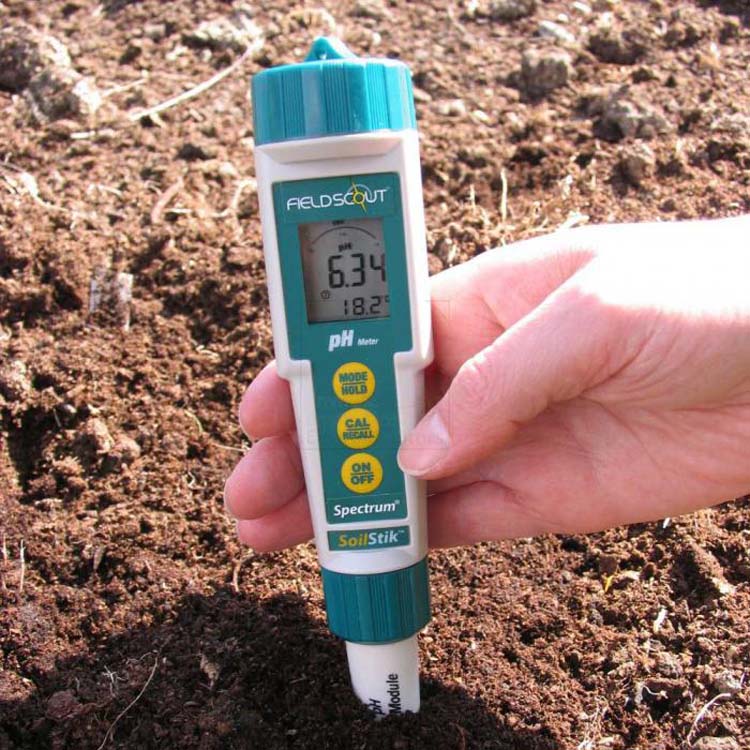

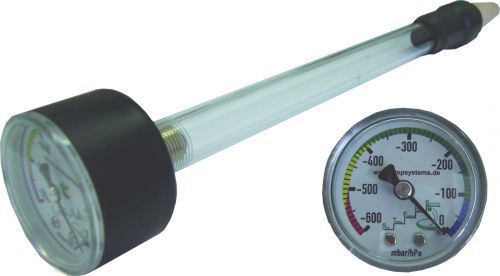
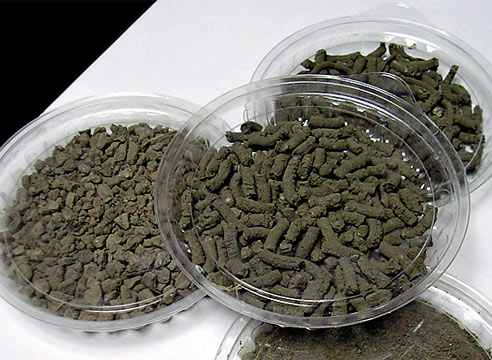
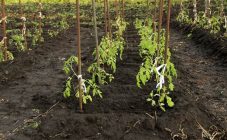

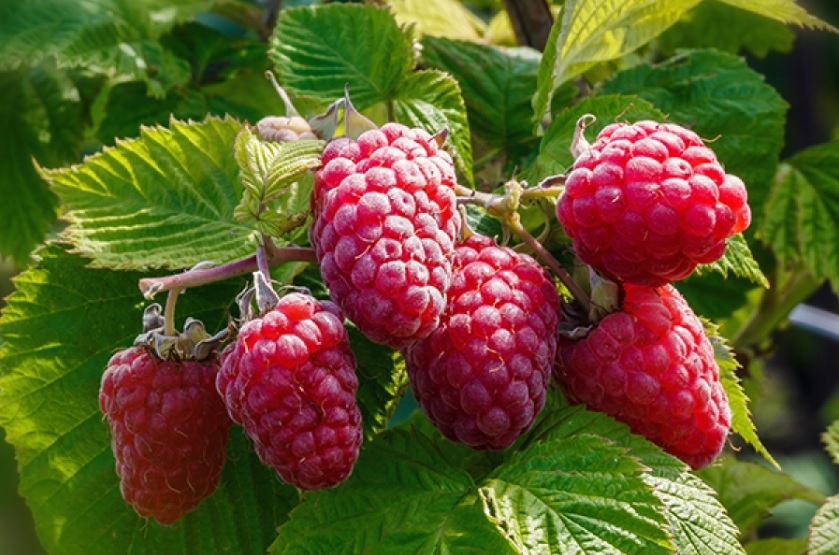


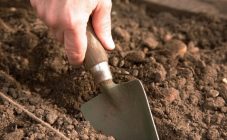







Especially before planting raspberries, I did not think about what kind of soil it needed.I was lucky that the raspberries started to grow very well, which means that I realized that the soil is still very good.
But it will not be harmful for the future to determine as accurately as possible which soil is suitable for this or that plant.
So, you grow raspberries, you seem to look after and water them properly, but you don't get a normal harvest. And the whole thing turns out to be just inappropriate soil acidity!
Raspberries have an extensive root system, so I recommend planting raspberries in trenches. The trench should be quite deep, with organic materials such as rotten wood, unnecessary planks on the bottom, fertile soil and compost on top of it all. Make a thorough watering of the trench so that all this is tamped down and only after that you can plant raspberry seedlings.
Now I understand why raspberries do not give a good harvest. The thing is that I chose the wrong landing site. It's good that I came across this article, now I know where it can be transplanted.
We have good raspberries. The berries are sweet and not wormy. Grows on the south side of the barn. She loves well-lit areas and non-wetlands. Sprinkle the raspberries with rotted sawdust for looseness and water 3 times per season with mullein infusion.
Raspberries love light soil, or, as they say, loose and, of course, rich in nutrients. For many years of my own experience, I have worked out the optimal and effective composition. I mix the earth with compost to a loose consistency, add humus and ash.
I love raspberries! In the village, raspberries grow on clay. The mother-in-law looks after her guided by intuition. Transplants, prunes, fertilizes ... Year after year is not necessary. Raspberries are few and far between. But she's so delicious! Both yellow and red!
This year I have just started gardening. Previously, I absolutely did not think about what kind of soil we have. But it turns out that when choosing different horticultural crops, you need to be based on the acidity of the soil. Raspberries in this case are no exception. I was lucky, on my site the soil suited her!
My raspberries are very fond of bird droppings. In the spring. in summer and autumn I sweep the yard - and in the yard there are chickens and geese. And I immediately take out everything to the raspberries. I scatter between the bushes, but not directly under the bush. Raspberries bear fruit well and the berries are large.
Our raspberry bushes were not particularly prolific before, until I took care of them. Our soil is very heavy, we brought in sand. We use folk fertilizers - manure, ash, and this season also shells. The bushes thank us for a good harvest
In the photo and in the text the litmus paper is incorrectly indicated. Any schoolchild knows that in an alkaline medium litmus is blue, and in an acidic medium it is red, so the "litmus" paper has a transition from red through violet to blue. In the photo and in the test, we are talking about a universal indicator paper for determining pH, which is sold in chemical reagent stores and is in any chemical laboratory.